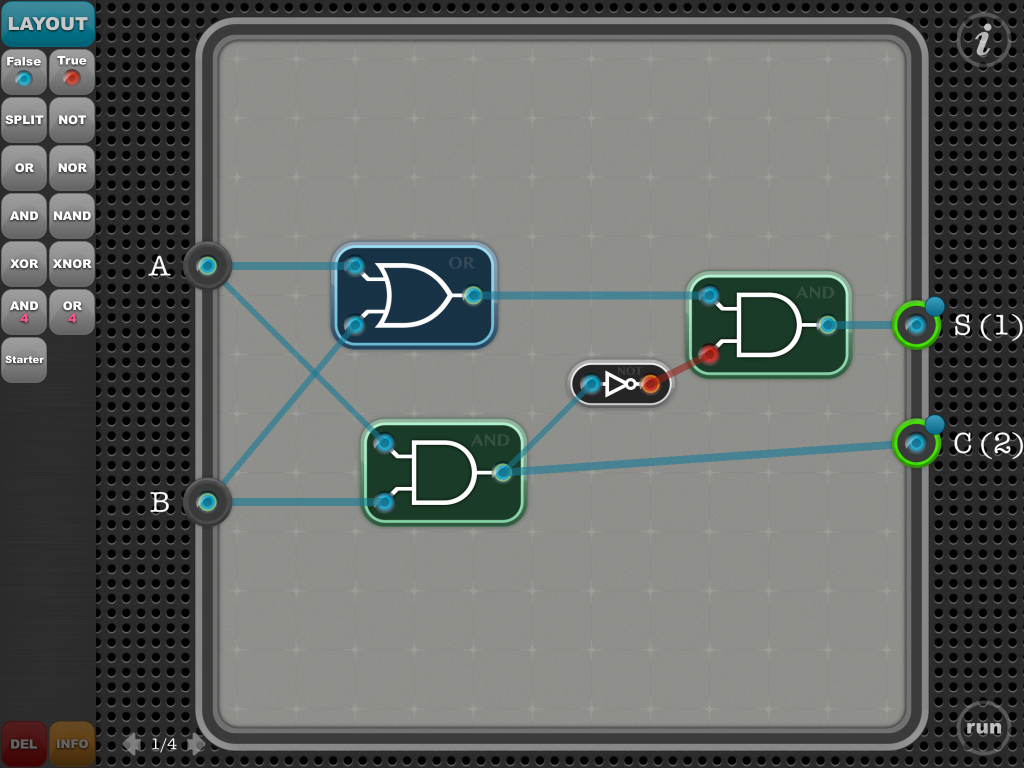I went to STM's one day conference on MEMS and sensors. When C asked what I was expecting, I said I didn't know. I remember going to an Atmel mini-conf and got some neat technical information about their MCUs and a dev kit or two… but that was many years ago. Since this was less technical, less hands on, I figured I'd hear more about theory and future plans. I was still hoping for a dev kit. (I always hope for a dev kit. Even when I go to the grocery store.)
It was good that I didn't have a particular goal because it was nothing like what my unformed expectations were.
Taking a step backward, Karen Lightman and I got to talking at DesignWest this year. We've chatted a few times (once on my podcast) and she invited me to the MEMS Industry Group Executive Congress. I suppose I thought this event would be somewhat similar, a little less business focus but still a very “where is MEMS headed?” approach.
One thing I should mention is that this mini-conference was free to attend. And they fed us several times. It is at the Santa Clara Marriott which is a nice location (though I'm going to have a nightmare that involves the garish pattern of the rug). Cherche la femme. Except with money.
And yet, unlike the Atmel processor event, this has not been an overt advertisement. I'm having trouble describing what the conference has been like, hence the roundaboutness. Let me continue with what the day has not been:
- It has not been very technical. A few sessions got into technical details but most were high level information, more like an introduction why wireless sensors are neat or how the MEMS industry has changed over time, particularly in the morning.
- It has not been particularly future looking. (It is called “Shaping the Future”.) While there are some microfluidics actuators that I was unaware of, I haven't learned much about sensors that exist now (or that will exist in 3 months, 6 months, or 2 years.
Continuing my randomwalk to getting to the point, I misread the email and went to the Santa Clara Convention center this morning. I saw many tech people streaming in the building: backpacks, jeans, a few suit jackets, all men, mostly with bad posture. I wondered very briefly if I was in the right spot but it seemed like my normal sort of crowd so I followed them in.
I was wrong. The people here are more like VP of Engineering level or managers. There are application engineers and some development engineers (and consultants, ahem). There are more suites than jeans at this conference and very few backpacks (oops, though my blue backpack really is a lovely specimen of backpackdom). Shoes are mainly leather with very few sneakers, lots of nice heels. Oh, and lots of women. I don't know how they got such a good ratio but they did. Maybe MEMS has more women?
Anyway, these are the grownups. So why are they here?
The speakers seem to be trying to convince me that wireless sensors, sensor fusion, and wearable technology are important (and coming soon). Ummm… Some of that is already here, I know, I've shipped those products. For the rest, we've got all the pieces, we just need to figure out how to put it together, make it cheap and easy to use, and then ship it. I suppose I'm too tactical given that I already accept these proposed strategies.
I suppose if I wasn't already in this industry, maybe this would be new information to me. But I like MEMS sensors and I've been working with them for two different clients. And I do tend to try to be industry current and this is, I suppose, relatively current.
Still, the level of material is different from my normal conferences, not technical enough to satisfy me as an engineer and not future-looking enough to make me excited as an architect looking at far-off products. Maybe if I was more used to be only in the role of manager, this might satisfy a need to know what's new and likely to be on the schedule in the next year.
For the most part, the people I met were more interesting than the talks. But there were some good talks so let me start there.
My favorite talk was from Jon Kindred from Starkley. He spoke on hearing aids, the current technology and the future plans. He was not only a good speaker, I was jaw-droppingly interested in the technology contained in the tiny, tiny super power efficient, more smarts than my 1992 computer, in-ear-canal hearing aid. I meant to leave to go see another session but I stuck around after (even ambushed him later). So, that was good. I do so like looking at other peoples' technical underwear. And I'd love to work on that technology and application. And have him on my podcast.
I think my second favorite was from Alissa Fitzgerald. She designs custom MEMS sensors, particularly for medical applications. She talked about the risks of putting things in human bodies. I mean, the risks to the chips, a different perspective. I met Alissa doing the DesignWest sensors in health panel so seeing her talk was one of my main reasons to attend. Not disappoointed.
Finally, I enjoyed Michael Emerson's talk about Preventice, an Android phone connected EKG monitor. It made me think of the podcast with Dr. Edward White about medical technology. I wish I could get them to talk to each other (and let me listen).
As for the people, let me start with people I already knew. Mike Perkins was my boss' boss at HP (omg, that was so long ago) and then again at LeapFrog (that was still more than a decade ago). I wish he'd had his own session, I'd like to hear more about his opinions on the industry and his role at Neato Robot.
I also met Eric Wilson, my boss at the six-week, seldom-spoken-of stint at Steve Wozniak's Wheels of Zeus. I sat next to him at lunch, 75% confident it was him. He didn't recognize me. He seemed awkward about it though I felt it was funny.
Other people I met, I wonder if I'll meet them again at the MEMS Executive Council. Some of them, I think. Though that will be very business related, not technology related. I suspect that will be a very strange conference for me, outside my normal realm. I'm pleased to be going as an expert in shipping embedded products, I'm comfortable in that role though it isn't one I tend to introduce myself as.
I handed out my card, both book cards and Logical Elegance business cards. I'd love to work on hearing aids or something neat like that. But I didn't hear about a lot of super whizzy product using little-heard-of sensors. Maybe during the ending networking session.



